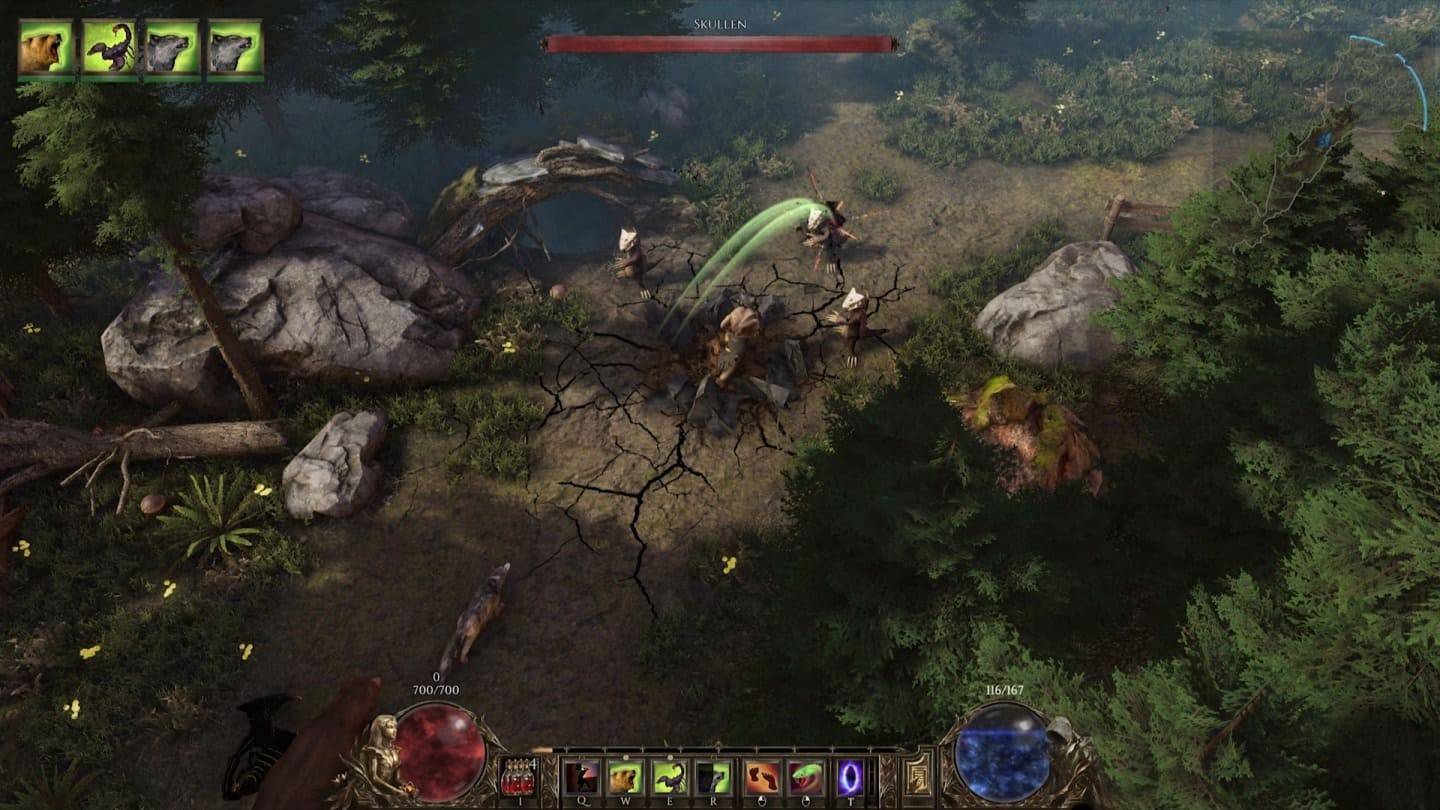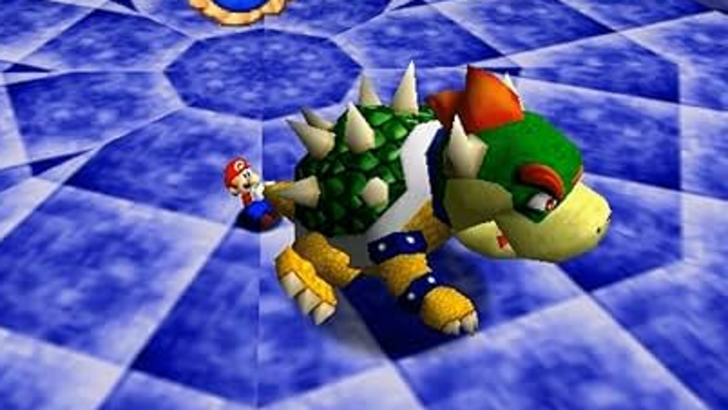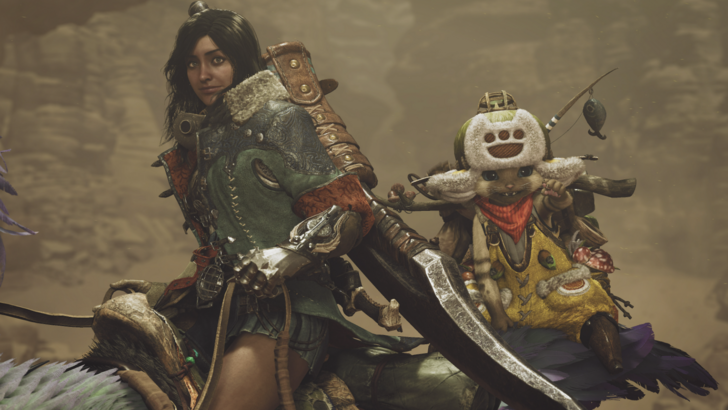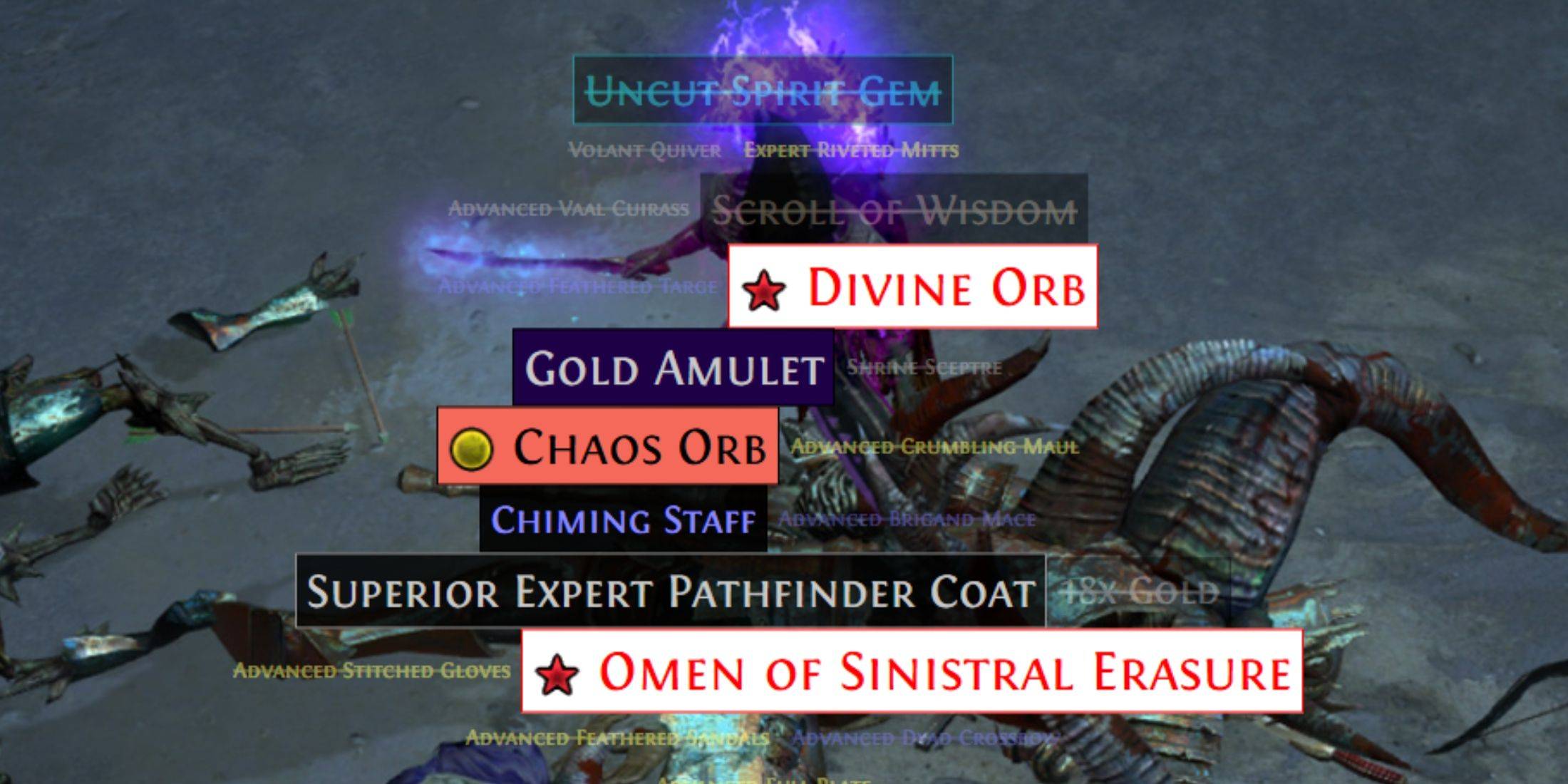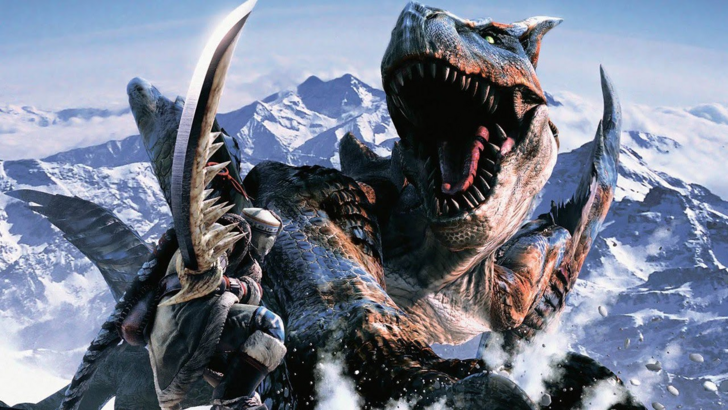
Monster Hunter is renowned for its diverse weapon types and engaging gameplay, but did you know there are even more weapons that haven't been included in the newer games? Dive into the history of Monster Hunter weapons to discover more.
← Return to Monster Hunter Wilds' main article
History of Weapon Types in Monster Hunter
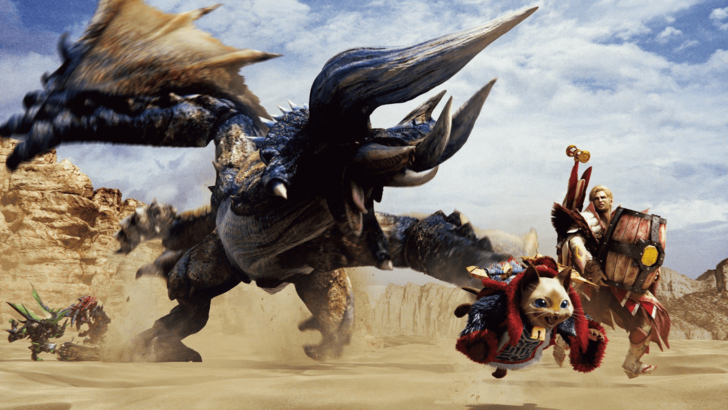
Monster Hunter has been captivating players for over two decades since its debut in 2004. One of its defining features is the array of weapon types available, each with unique strengths, weaknesses, movesets, and mechanics. Monster Hunter Wilds will offer fourteen weapon types, each requiring players to master its intricacies.
The evolution of weapons in Monster Hunter is fascinating. From the Great Sword's initial iteration to its latest version, the changes are remarkable. Moreover, some weapons from older games never made it to the West. Let's explore the history of Monster Hunter, focusing on the evolution of its weapons.
First Generation
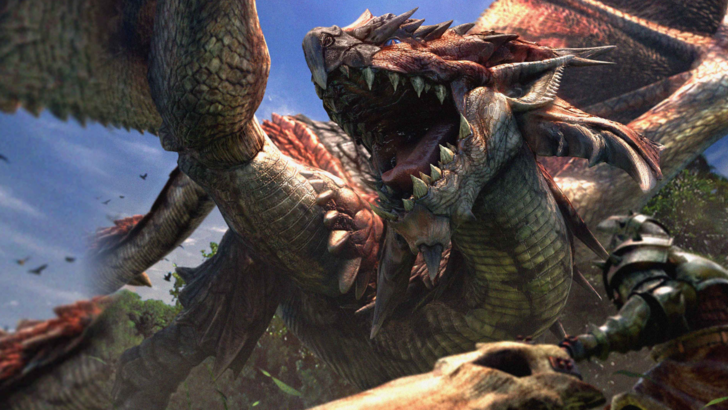
The first generation introduced weapons that have become iconic within the series, evolving over time with new movesets and mechanics.
Great Sword
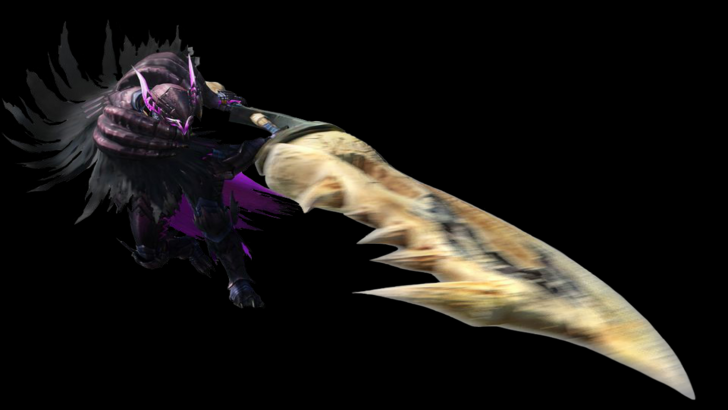
The Great Sword, introduced in 2004, is a powerhouse known for its high damage output but slow movement. Initially, it relied on hit-and-run tactics, with the middle of the blade dealing more damage than the edges. Monster Hunter 2 introduced the Charged Slash, a move that has become a staple for Great Sword users. Subsequent games enhanced its charging mechanics and introduced new finishers like the shoulder tackle in Monster Hunter World, allowing for quicker access to charged attacks. The Great Sword remains accessible yet deeply rewarding for those who master its high-skill ceiling.
Sword and Shield
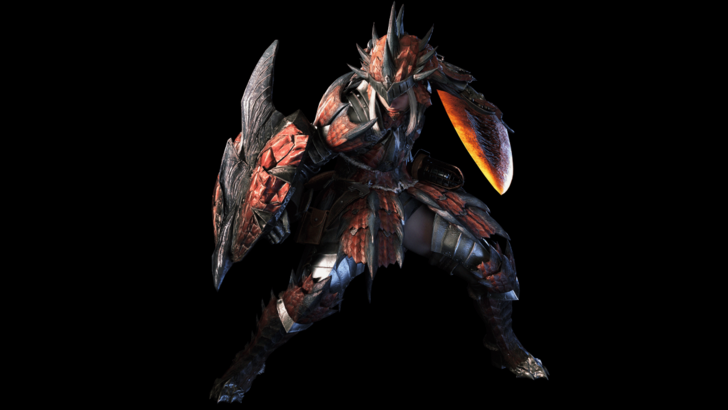
The Sword and Shield is celebrated for its versatility, offering quick combos, mobility, and the ability to block. Initially simple, its mechanics have expanded over time. Monster Hunter 2 allowed item use without sheathing, while later games added shield bashes, backstep and jumping attacks, and the Perfect Rush combo. Despite its understated appearance, the Sword and Shield is a deep and versatile weapon.
Hammer
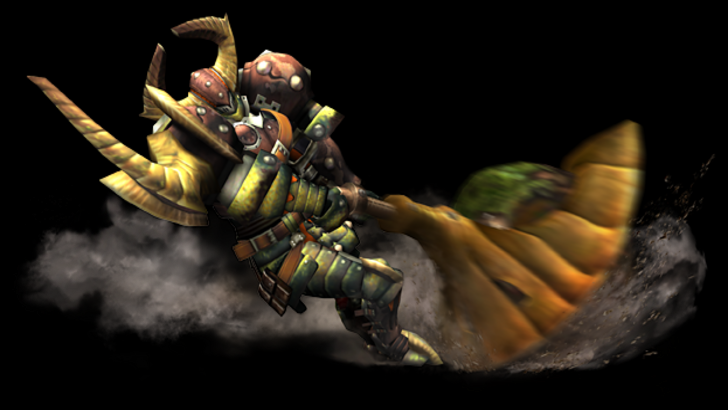
The Hammer, focused on blunt damage, excels at breaking monster parts and causing knockouts. Its gameplay, similar to the Great Sword, emphasizes hit-and-run tactics but with better mobility. Monster Hunter World and Rise introduced new moves like the Big Bang and Spinning Bludgeon, along with modes that alter its charge mechanics. The Hammer's simplicity belies its effectiveness in delivering devastating blows.
Lance
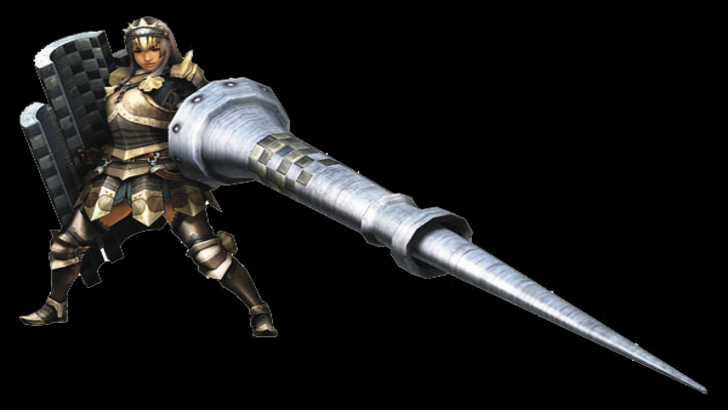
The Lance embodies the adage "a good offense is a great defense." With its long reach and robust shield, it excels at blocking while maintaining a steady damage output. Its playstyle is akin to an outboxer, with a focus on safe, long-range attacks and a counter mechanic that reinforces its defensive nature. Despite its slower pace, the Lance turns the hunter into a formidable tank.
Light Bowgun
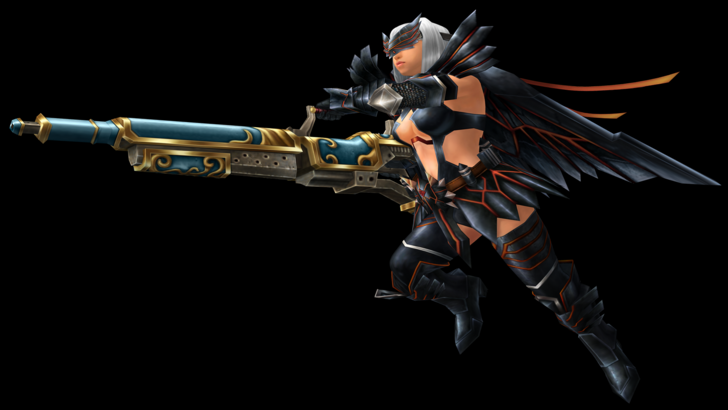
The Light Bowgun, a first-generation ranged weapon, offers mobility and quick reloads at the expense of firepower. It can be customized with various attachments and features Rapid Fire for certain ammo types. Monster Hunter 4 introduced the Critical Distance mechanic, adding depth to ranged combat. Monster Hunter World added the Wyvernblast, enhancing its offensive capabilities and mobility.
Heavy Bowgun
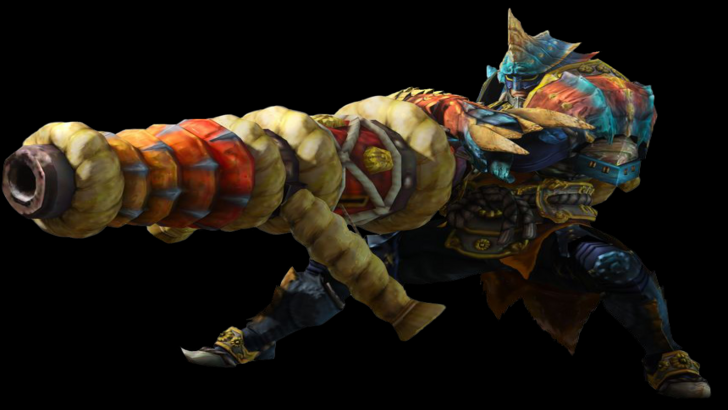
The Heavy Bowgun is the ultimate artillery weapon, offering high damage and a variety of ammunition types. Its slow movement is offset by its ability to equip a shield and enter Siege Mode for continuous firing. Monster Hunter World introduced Wyvernheart and Wyvernsnipe, special ammo types that don't deplete the hunter's inventory. Its intricate preparation loop and customization options make it a powerful support weapon.
Dual Blades
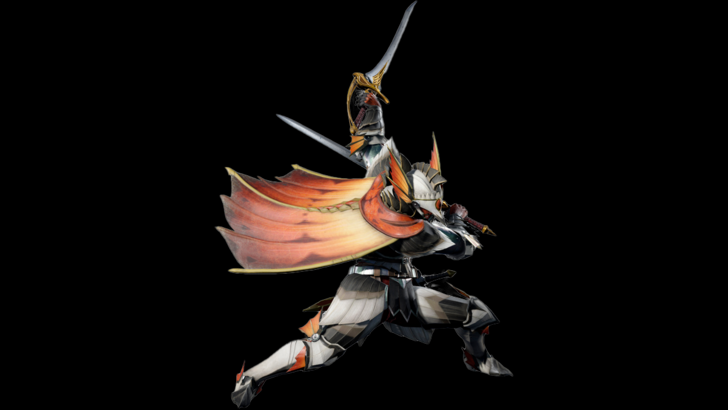
The Dual Blades, introduced in the Western release of the first game, focus on speed and fluid combos. Their multi-hitting attacks excel at inflicting status ailments and elemental damage. Demon Mode increases damage at the cost of stamina, while the Demon Gauge introduced in later games allows access to Archdemon Mode for even more powerful attacks. The Dual Blades' offensive prowess makes them a thrilling choice for fast-paced combat.
Second Generation
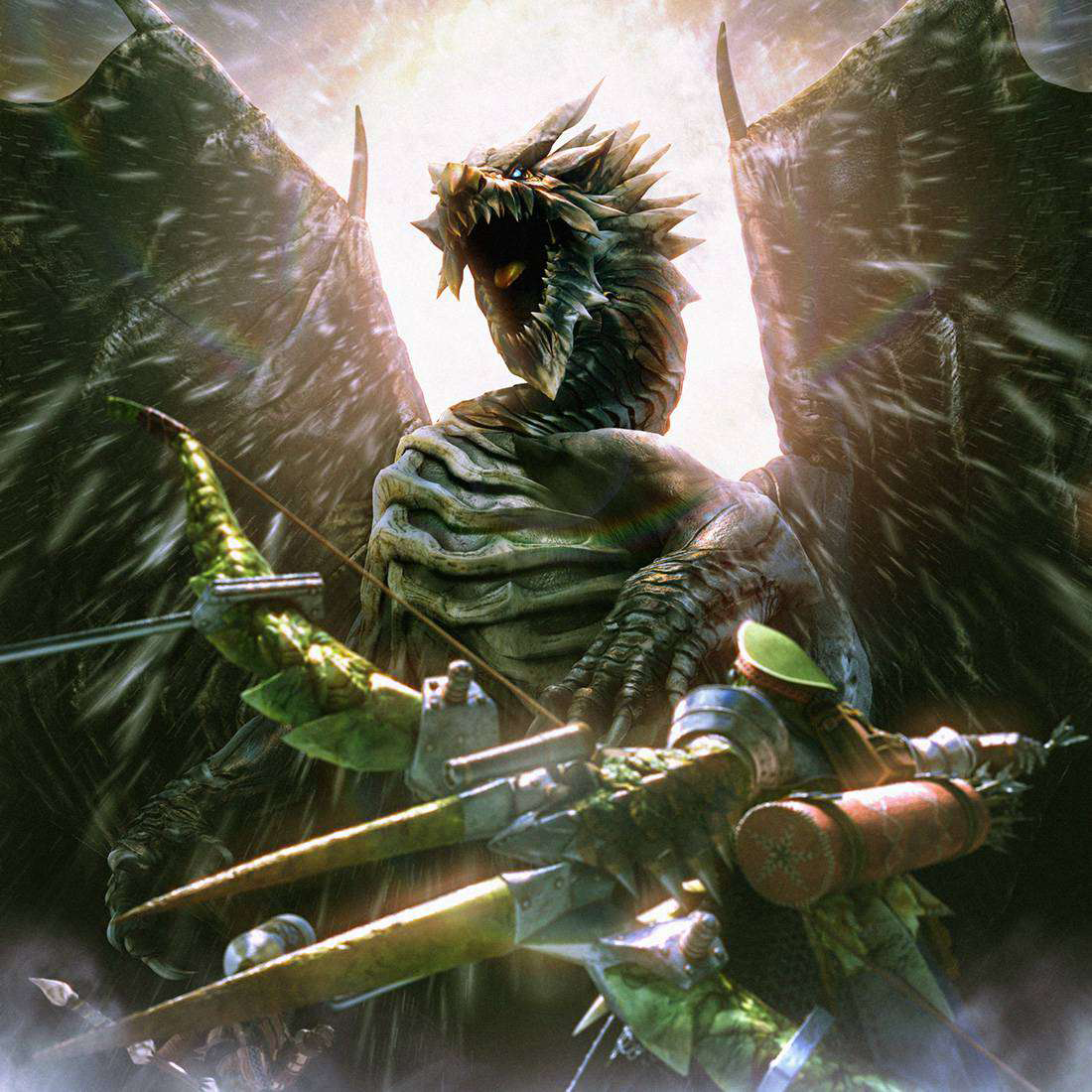
The second generation introduced weapons that build upon the originals, offering unique movesets and mechanics.
Long Sword

The Long Sword, introduced in Monster Hunter 2, is known for its fluid combos and high damage. Its Spirit Gauge mechanic, filled by landing attacks, allows access to the powerful Spirit Combo. Monster Hunter 3 added levels to the Spirit Gauge and introduced the Spirit Roundslash finisher. Monster Hunter World further enhanced its offensive flow with the Spirit Thrust Helm Breaker and Foresight Slash, evolving the weapon into a counter-based powerhouse.
Hunting Horn
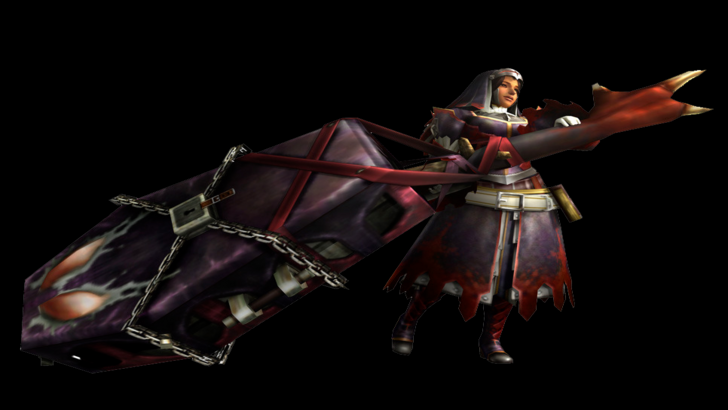
The Hunting Horn, introduced in Monster Hunter 2, is a support weapon that uses Recital to play songs that buff the team. While dealing impact damage like the Hammer, its effectiveness lies in its ability to stun monsters and provide various beneficial effects. Monster Hunter World improved its fluidity with queued songs, and Monster Hunter Rise overhauled the system for easier use, though this change was divisive among fans.
Gunlance
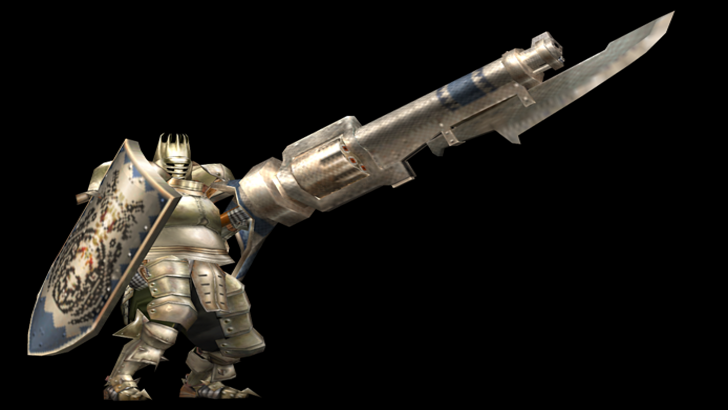
The Gunlance, introduced in the second generation, combines the Lance's defensive capabilities with explosive shelling. Its Wyvern's Fire and Shelling Abilities differentiate it from the Lance, focusing on aggressive play. Monster Hunter 3 added a quick reload and Full Burst, while Monster Hunter World introduced the Wyrmstake Shot. Balancing shell use and physical attacks is key to mastering the Gunlance.
Bow
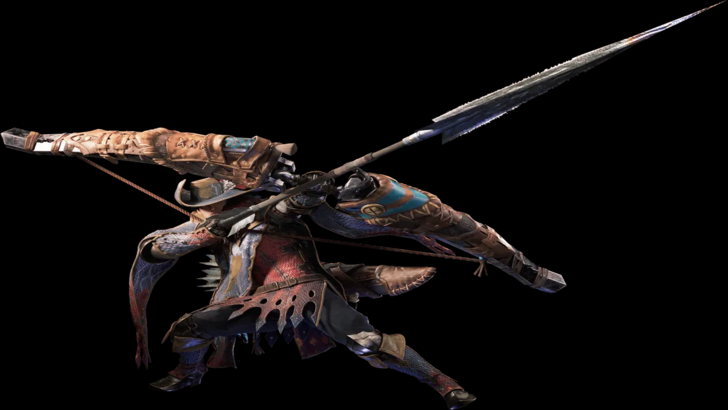
The Bow, introduced in Monster Hunter 2, is the most agile ranged weapon, specializing in close-to-mid-range combat. Its mobility and combo-based attacks set it apart, with Coatings enhancing its damage and effects. Monster Hunter World streamlined its moveset, making it more combo-heavy, while Monster Hunter Rise reintroduced Shot Types tied to charge levels. The Bow's aggressive playstyle offers a unique ranged experience.
Third and Fourth Generation
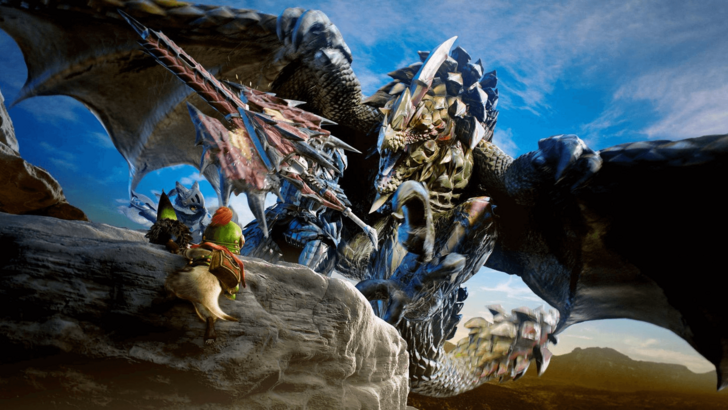
The third and fourth generations introduced innovative weapons, including morphable weapons and unique mechanics.
Switch Axe

The Switch Axe, introduced in Monster Hunter 3, features two modes: Axe Mode for mobility and Sword Mode for damage. Initially requiring a quest to unlock, its morphing capabilities have been enhanced in subsequent games. Monster Hunter World introduced the Amped state, while Monster Hunter Rise extended this to both forms, encouraging fluid transitions between modes.
Insect Glaive
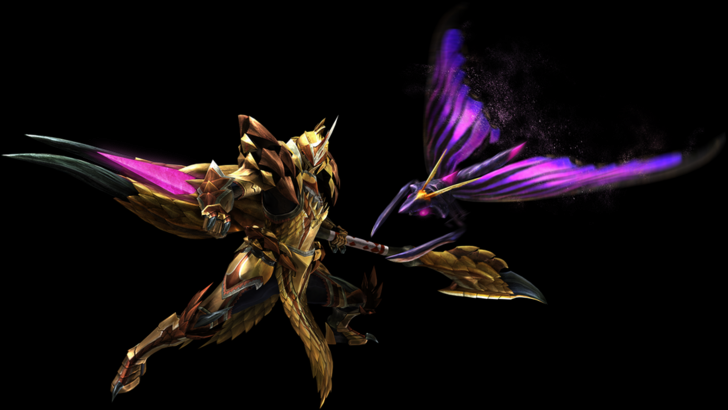
The Insect Glaive, introduced in Monster Hunter 4, offers aerial supremacy with its Kinsect, which collects essences to buff the hunter. Its focus on mounting monsters and collecting three specific essences for enhanced buffs sets it apart. Monster Hunter World: Iceborne added the Descending Thrust, while Monster Hunter Rise simplified Kinsect upgrades and introduced new types.
Charge Blade
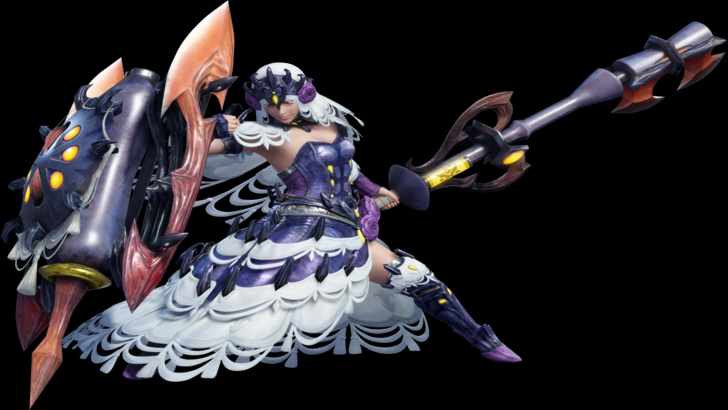
The Charge Blade, introduced in Monster Hunter 4, is a versatile weapon with Sword and Axe Modes. Its phial-charging mechanics and Amped Elemental Discharge finisher require mastery, making it one of the most challenging weapons. Its Guard Points allow for defensive play while maintaining offense, offering a balanced yet complex gameplay experience.
Will There Be More?
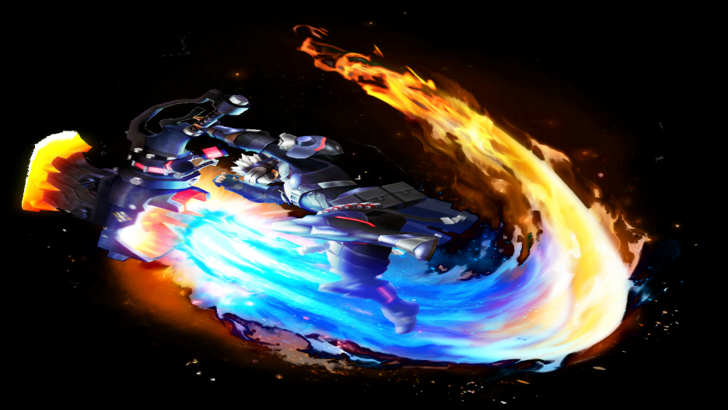
While Monster Hunter Wilds will feature fourteen weapons, there are many more from the series' past that haven't been included in Western releases. Given the franchise's longevity, it's likely that future games will introduce new weapons or bring back existing ones. As a fan, I eagerly await new additions that will further enrich the game's already deep gameplay, even if I tend to stick with the Sword and Shield.
You may also like...
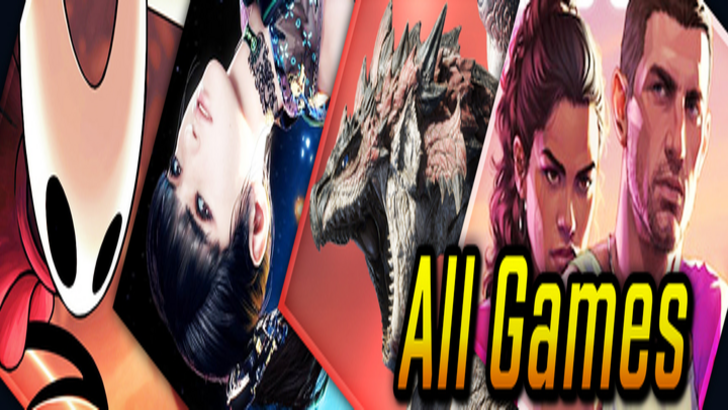

 Latest Downloads
Latest Downloads
 Downlaod
Downlaod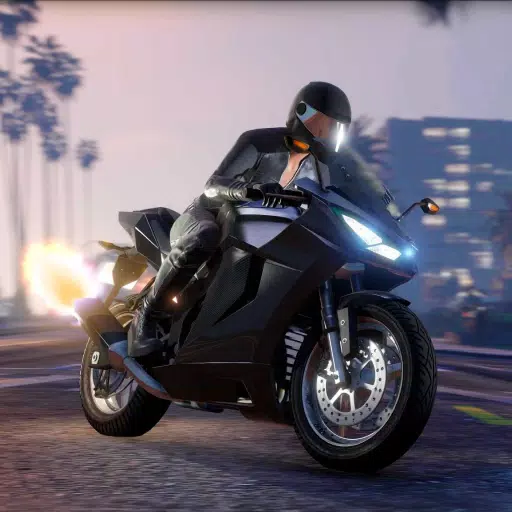




 Top News
Top News